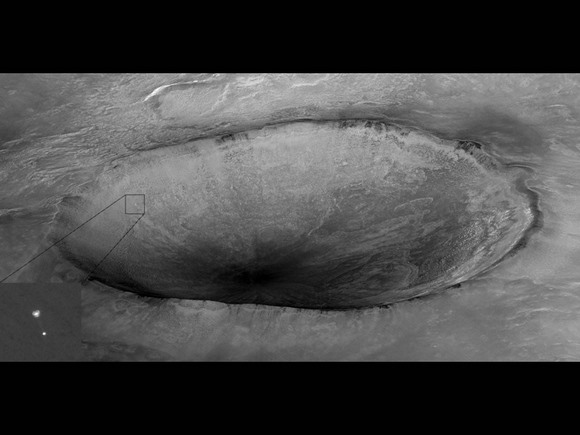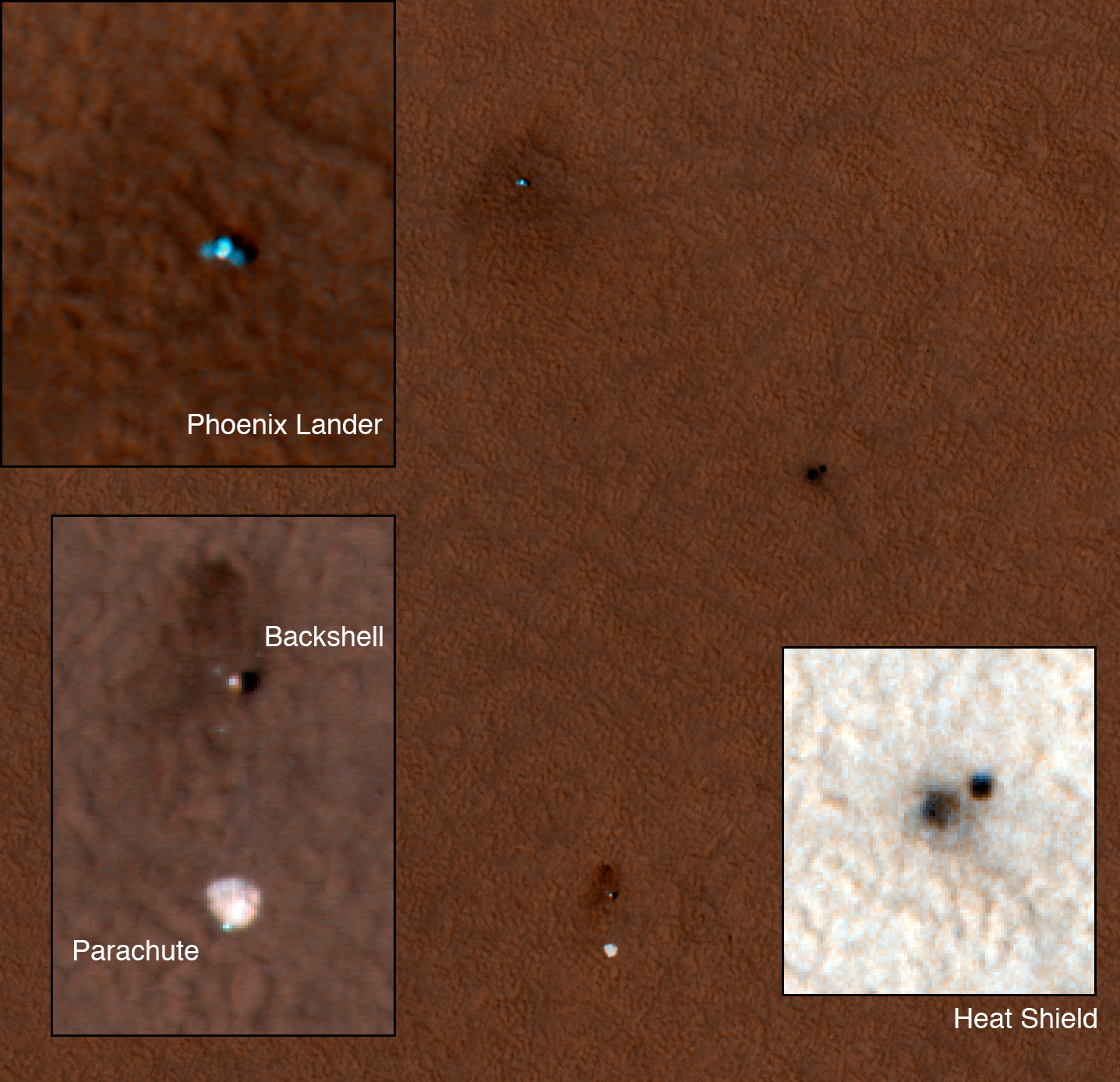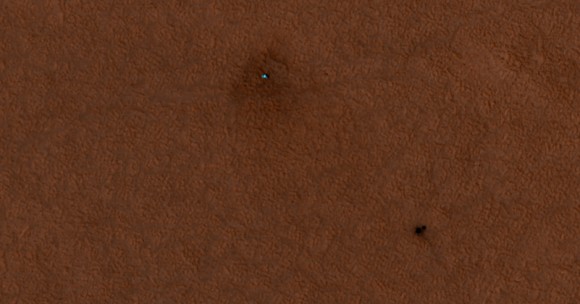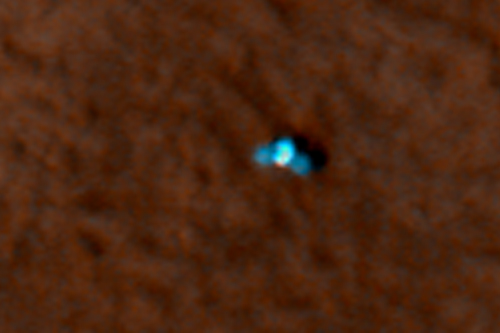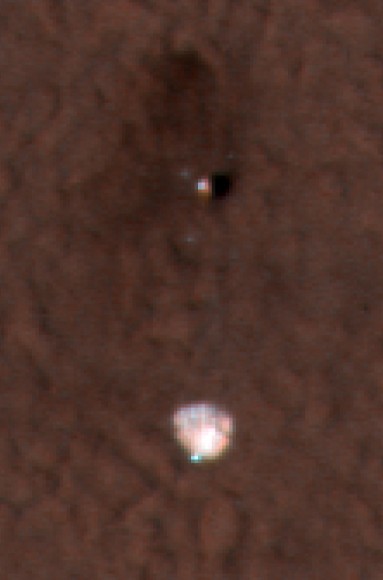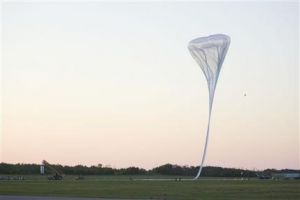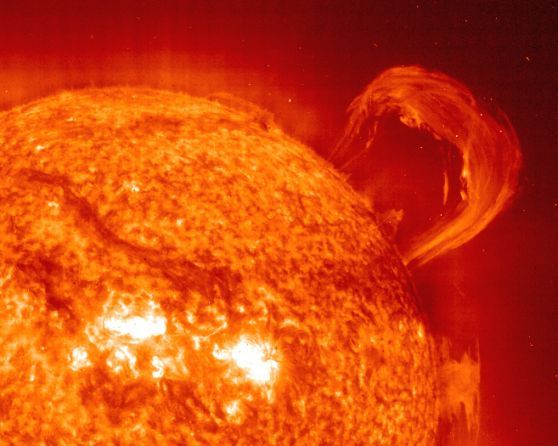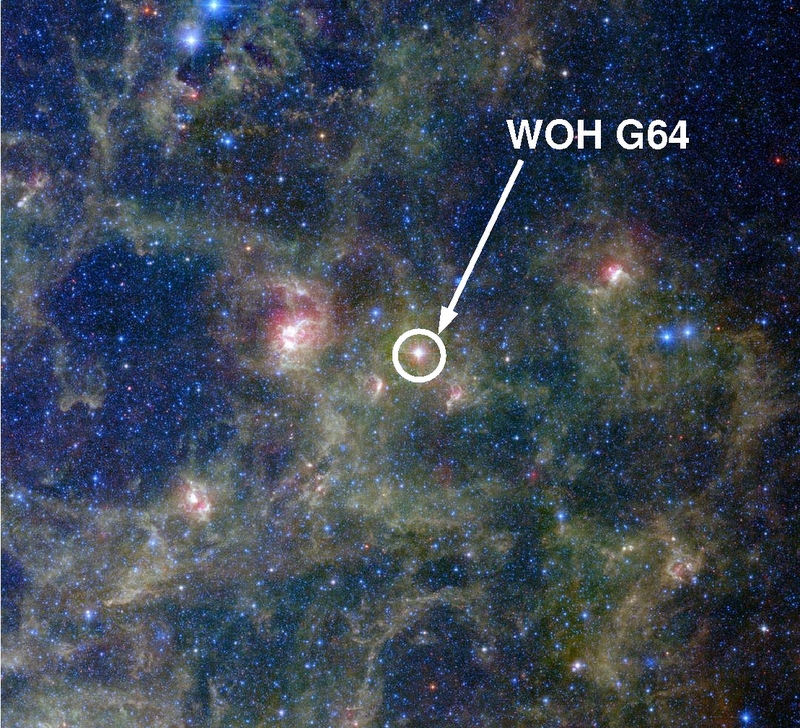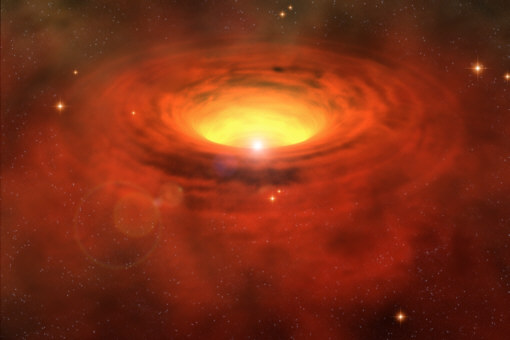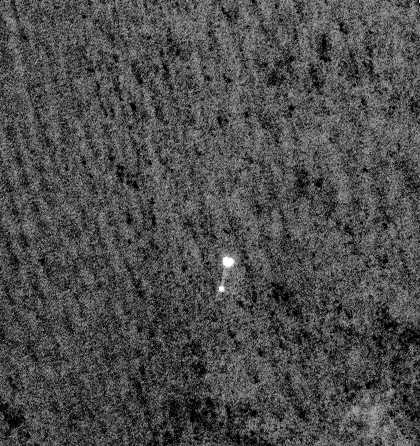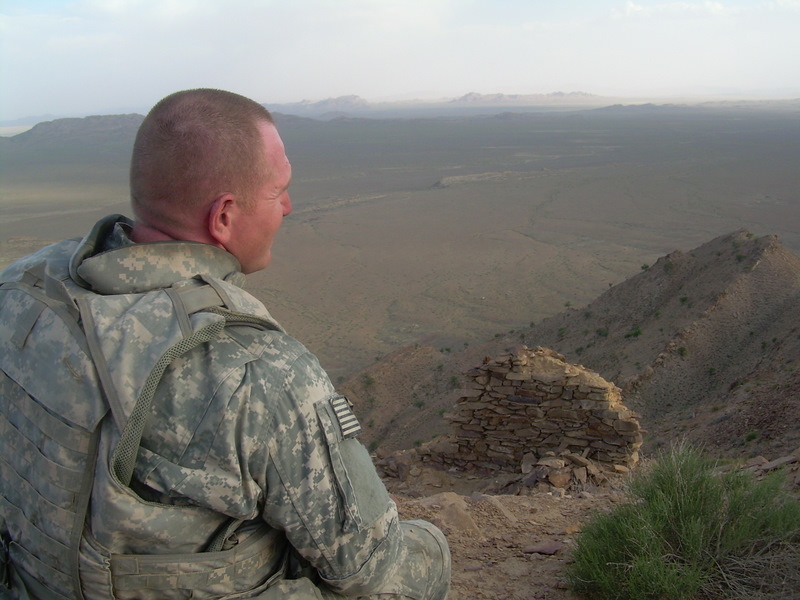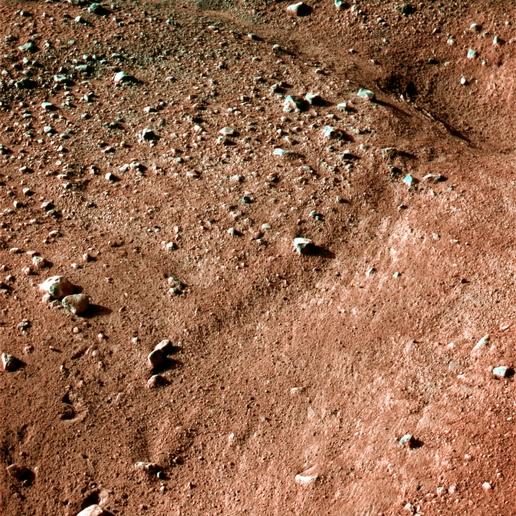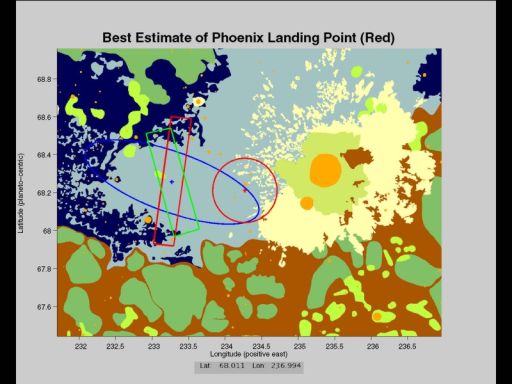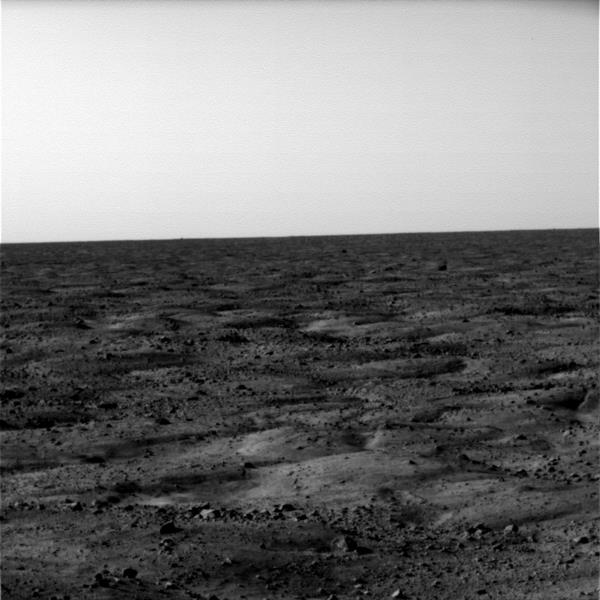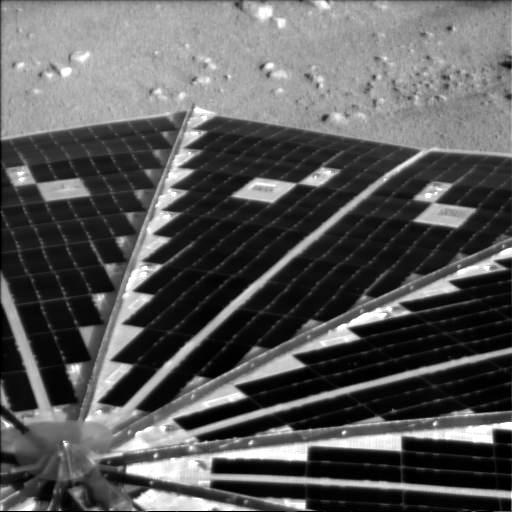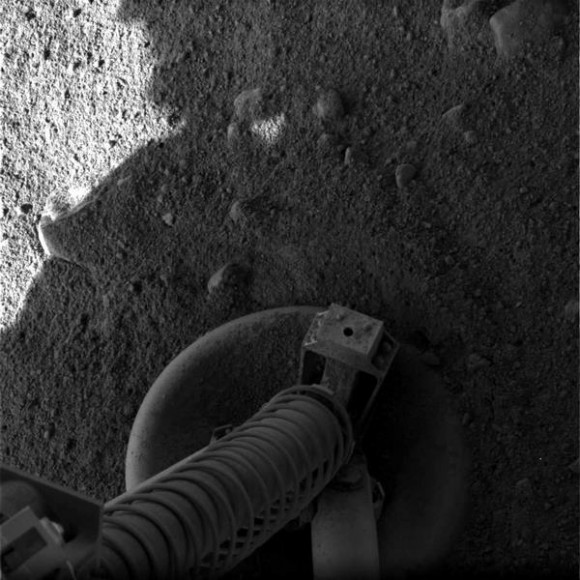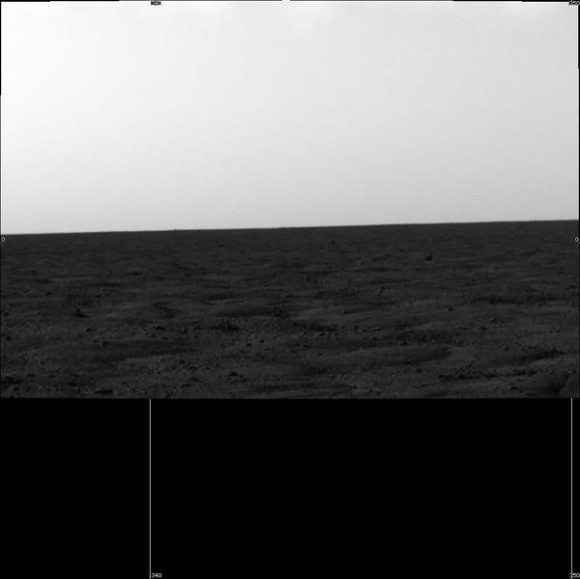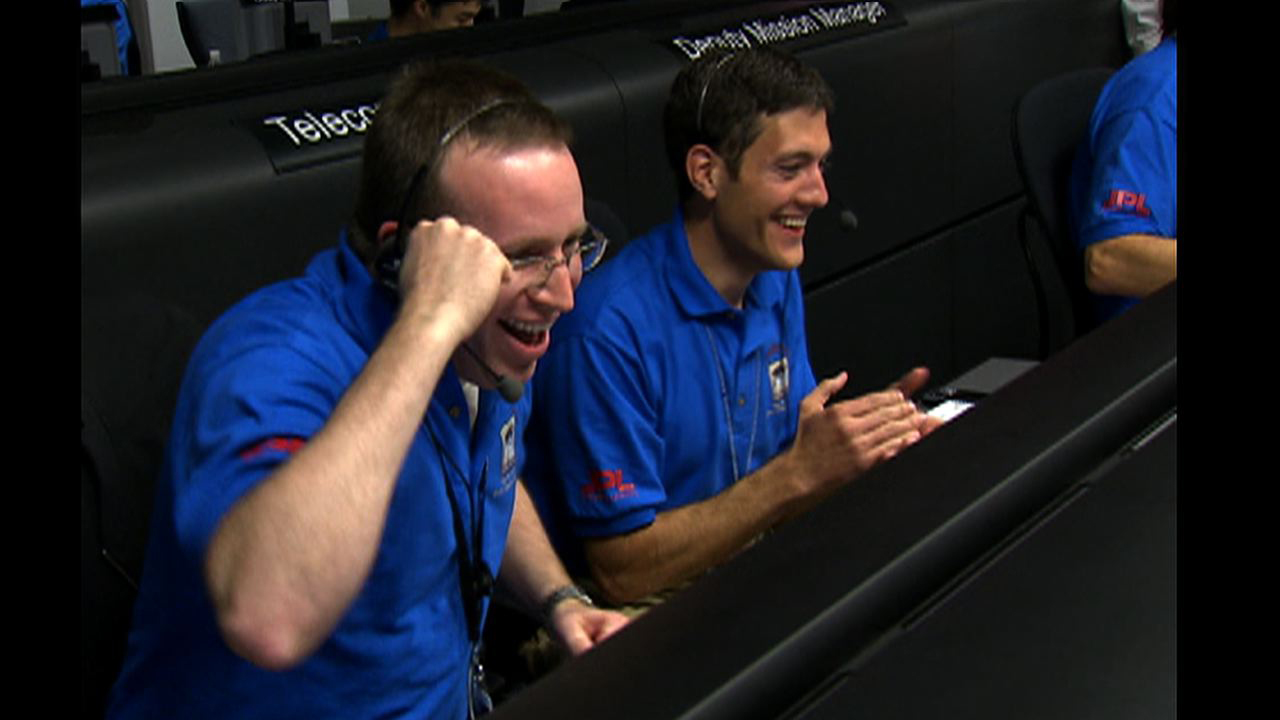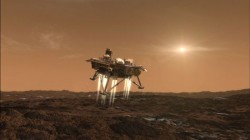Sergeant First Class William H. Ruth III contemplates his current duty in a barren landscape in Afghanistan, and says he’s willing to lead a human mission to Mars.
An article published on Universe Today back in March of this year detailing former NASA engineer Jim McLane’s idea for on a one-way, one-person mission to Mars generated a lot of interest. The many comments on the subject posted here on UT and numerous other websites such as ABC News ranged from full support to complete disbelief of the idea. McLane’s concept has literally gone around the world, and a journalist from Spain, Javier Yanes who writes for the newspaper Publico shared with me his correspondence with a US soldier stationed in Afghanistan, who says that battle-hardened soldiers would be the perfect choice to send on a mission of no return to a new world. SFC William H. Ruth III says he and the men in the 101st Airborne Division are ready and willing to go.
SFC Ruth wrote, “While reading Jim McLane and Nancy Atkinson’s thoughts on Space Colonization, I started to realize that we ALL have lost our way. We have become so consumed by petty differences and dislikes of others that we all have forgotten our pre destiny of something better.”
And what is the ‘something better’ that Ruth envisions? Military personnel from different countries joining together to make “the ultimate sacrifice” of forging the way to establish an outpost on another world, like Mars.
“Here is an ‘out of the box’ idea,” Ruth writes. “Let the heroes of all our countries, for once, risk the ultimate sacrifice for something greater than one man’s idea. Maybe once let these men and woman that rise every morning and say ‘today I will stand for something and say ‘evil will not prevail, not on my watch.’ For once let them volunteer for us all, you never know, mankind, the human race. It might just catch on if we let it.”
Ruth continues, “Will we falter at a hint of death or danger? Or will we do now what so many in all of the world’s history has done before us. NASA of all thinking societies should understand this. Would there even be an America or NASA if a man named Columbus had not pursued a dangerous and possibly deadly voyage to a new world? He certainly had to consider whether or not he would ever return home to see all those he loved so dearly. But what of those aboard his ships, those that left Spain knowing that they would never return. Those few that willingly risked all for the chance at a new world and a new future, could they have possibly known what effects they would have had on the future due to their sacrifices? Now can we have enough vision to see our destiny, can we, for a moment, see past our petty differences of race and religion to see peace, prosperity and possibly a new world.”
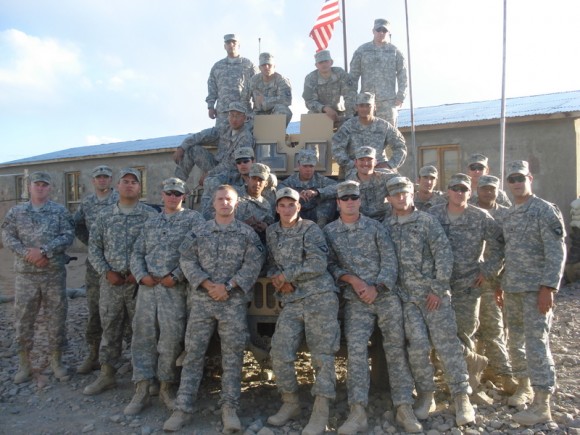
3rd Platoon at Fire Base Ter-Wa, April 2008. SFC Ruth is first on the left.
Ruth says 15 years in the military has prepared him for such a mission. “So I am no fool and I am no stranger to what some might call high risks,” he says. “Hundreds of thousands of fighting men and woman from around this world have walked, rode, swam and even jumped into what some would call a high risk situation. Some even considered suicide missions, ones with low probability of success. And why, what did they risk all for? Each and every one of us, even those throughout this earth that has made that choice, risk all for what we believed would make our world better.”
Ruth first began pondering such a mission after reading a quote by Stephen Hawking on Space.com: “The discovery of the New World made a profound difference on the old,” Hawking said. “Spreading out into space will have an even greater effect. It will completely change the future of the human race, and maybe determine whether we have any future at all.”
Ruth sent an email to Space.com’s Anthony Duignan-Cabrera, which was posted on the LiveScience blog: “Here is an idea: Send battle-hardened, strong-minded soldiers and marines on the long trips into space. We are conditioned to live with the bare minimal (of) life’s necessities and are trained to be prepared for the worst conditions that any environment could throw at us. Hell, me and my men will go, set up a colony somewhere and await colonists to arrive.”
Javier Yanes read Ruth’s proposition and contacted him, sending him the link to the Universe Today article with McLane’s idea.
Ruth responded by sending Yanes a written statement called “A Soldier’s Perspective;,” Yanes wrote an article about Ruth in Publico, and shared Ruth’s proposal and pictures with me.
Ruth doesn’t agree with McLane’s idea of a one-person mission to Mars, but supports the one-way idea.
“I fully agree with NASA and others that it is completely dangerous and potentially deadly for anyone who sets out on this voyage,” he wrote. “But since when has that ever stopped anyone? A one way trip is the way to go about this, it is a proven fact of human history that when the human species is thrown into a no alternative situation, that they will prevail and survive.
The military would never send someone out alone, and Ruth thinks a multiple ship mission is the way to proceed, with three to four smaller vessels, with four to six crew members each.
Ruth admits that other might see sending soldiers into space as more like an invasion or occupation than exploration. “To those who share this concern, consider this for a moment and ask yourself, who else?” Ruth asked. “Who else has the mentality to volunteer to face certain danger and possibly death, thousands of miles away from their homes? I could think of a few hundred thousand that do it everyday across this planet.”
Ruth says that getting the worlds militarys involved with something other than making war with each other could change humanity’s future for the better.
“I wonder who will be the first to extend the hand of complete partnership, representing the whole human species?” Ruth asks. “Could this be the answer that so many have searched for? Could this one thing unite humanity in a new era of global cooperation and a new planetary respect for human life, unlike we know it today? My answer is ask me again when I’ve reached the new world!”

